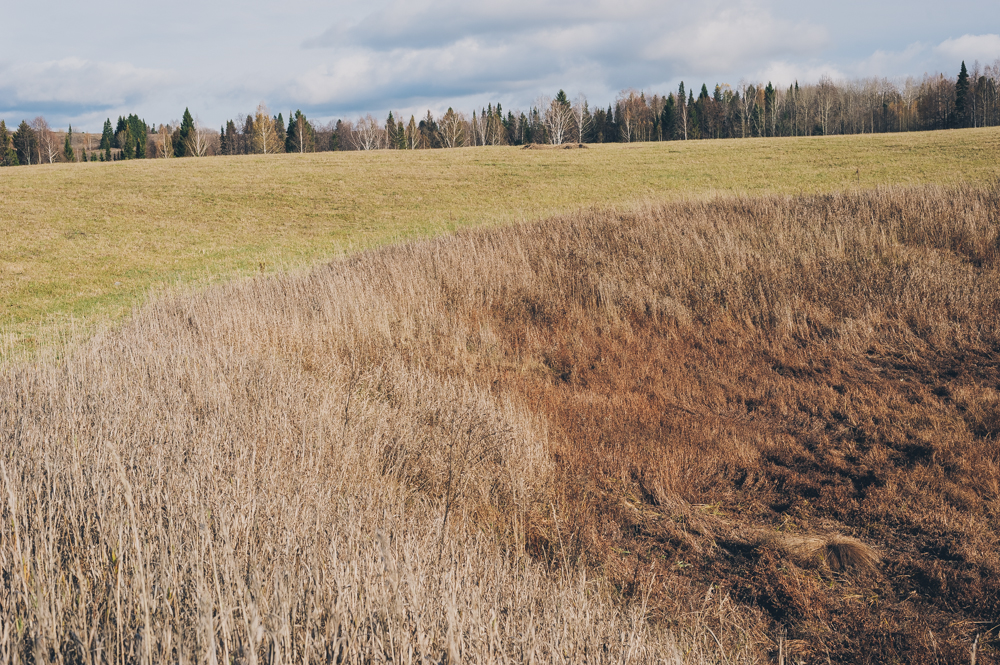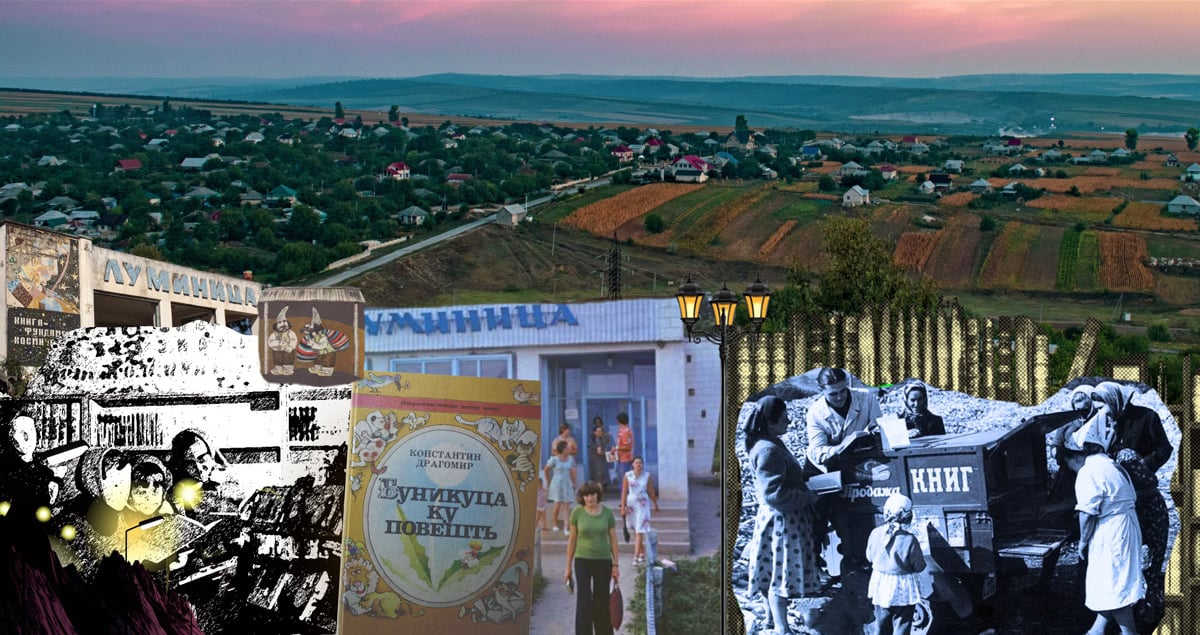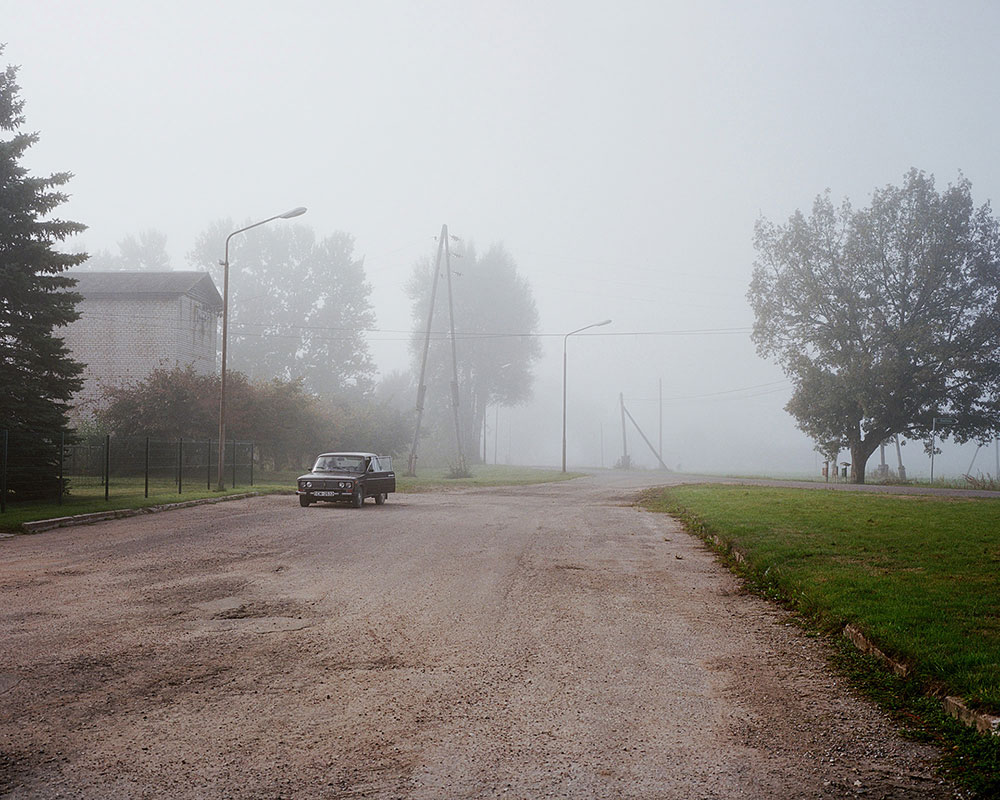Letter from the Sharr Mountains: on Kosovo’s highest peak, shepherds are keeping ancient traditions alive
Many Kosovars see local shepherds as lazy or uneducated. But as Daniel Petrick discovers among the country’s Sharr Mountains, most shepherds are proud to defend the region’s ancient traditions — despite often finding themselves pushed into the trade through meagre state pensions or post-war decline.
I met Nafi and Gyler in the shadow of Kosovo’s tallest peak in summer 2018.
The grassy slopes of the Sharr mountains had opened up around me, the trail disappearing into a maze of brambles and livestock paths. As I tried to rejoin the trail, I noticed a dilapidated structure ahead: bearlike sheepdogs barked in the distance, making it known I wasn’t welcome. Checking on the commotion, the two men emerged and waved passively at me from afar.
I wasn’t sure whether the shepherds were Albanians or Gorans — a Muslim ethnic group spread between Kosovo and Albania, who speak a language intermediary between Serbian and Macedonian, which they simply called “ours”. I called out to them in two languages. “Mirë dita! Dobar dan!” They grew animated and called me over.
“Who won the World Cup?” they asked when I got close. The World Cup had ended a week prior. “France won,” I told them in Serbian. They nodded, paused, then asked, “And who did France play?” Outside news is scarce here.
Shepherds take their flock of sheep out to pasture on the Sharr Mountains
Nafi and Gyler are shepherds working in a National Park directly on the route to the country’s tallest peak, but there are few hikers or tourists here, and on some days none at all. Hiking culture in Kosovo is embryonic, so most hikers are, according to the shepherds, French, Czechs, or Poles. “And how are you supposed to communicate with such people?” Nafi asked. I was the first hiker they could communicate with (and pump for World Cup updates) in some time.
This isolated shepherd’s hut is in fact a hub of multilingualism. Nafi and Gyler probably speak more languages than the French or Czech globetrotters
Stereotypes about shepherds abound here, largely that they are too lazy or too uneducated to do anything else. As one local proverb says: “If you don’t go to college, you pick up the [shepherd’s] staff,” (a near rhyme in Serbian). Globetrotting hikers passing by are likely come to similar conclusions, as English or German or other “international languages” are of no use here. It is easy to imagine them asking themselves, “how are you supposed to communicate” with these uneducated shepherds?
But Nafi’s exasperation at communicating with foreigners isn’t a sign of his parochialism. This isolated shepherd’s hut is in fact a hub of multilingualism. Nafi and Gyler probably speak more languages than the French or Czech globetrotters. The foreign hikers are the ones who need to step it up.
Inside the shepherds' hut
Nafi is a lifelong shepherd from a Goran village in Albania, just over the nearby peaks. In addition to Albanian, he speaks Serbian and his native tongue, meaning he can communicate with any Balkan Slavs, from Croatians along the Adriatic, to Bulgarians on the Black Sea.
Gyler, who for most of the year is a barber and violin player in wedding bands, is an Albanian from Prizren, Kosovo’s second biggest city. Old Prizrenlisay that if you don’t speak Turkish, Albanian, and Serbian, you’re not really from Prizren. Gyler, of course, speaks all three.
The Balkans were once a place of extensive local multilingualism. A century ago, across urban centers in modern-day Kosovo, Macedonia, or northern Greece, men might be expected to know three or four local languages. Today, that multilingualism has shifted to fit global patterns, with English or German taking priority over the languages of local minorities or of a neighboring country. But in places like Prizren — or a shepherds’ hut under Kosovo’s highest peak — old traditions live on.
A shepherd with a lamb on the Sharr Mountains
The shepherds working the Sharr mountains practice an arduous traditional style of agriculture that today most would spurn. Abandoned stone sheep pens are scattered throughout these mountains, evidence of the longevity — and decline — of sheep herding here. The concrete building where the shepherds live was built in the 1950s by a Yugoslav state firm. Before disbanding with the collapse of Yugoslavia, the operation ran 5,000 sheep out of the complex. Now Avdulla Ademaj, Nafi and Gyler’s employer, runs a sheep cooperative here with 1,800 sheep.
Ademaj and his shepherds stay for three to four months every summer making thousands of kilos of the locally famous Sharr cheese, a hearty sheep cheese with an even heartier dose of salt. Without electricity or radio, and meager to no cell service, they are out of touch with the world. The nearest road is miles away, down a steep gorge. They only go home for a couple days once a month.
The job is a nine to five in reverse, with almost non-stop work from five in the morning to nine at night. The day starts and ends with milking, which takes five shepherds two hours to complete. There are roughly 1,000 milking sheep in the herd. One shepherd herds the sheep through narrow slots past the sitting milkers, who have to grab at legs and tails to stop the sheep from skittering past. “Every sheep has its own music,” says Ademaj. Some like being milked, others fight it furiously.
Mud, milk, and sheep feces make everything slippery. The shepherds suffer aching elbows and backs all season, made worse, so I’m told, by promaja, the dangerous Balkan draught, claimed to cause any number of ailments. The plastic sheets serving as windows in the sleeping quarters provide little defense against promaja, or against the frigid alpine air at night.
Inside the shepherds' hut
Nafi is the resident cheesemaker, producing two 15-20 kilo rounds of cheese from each milking session, which Ademaj can sell in the market for four to five euros per kilo. After the evening milking session, Nafi makes the cheese to the light of a single candle.
Once a week, they transport 300 to 500 kilos of cheese by horse train to the road, where Ademaj’s jeep awaits. He rushes the load to Prizren, the nearest urban area, to offload the cheese, then rushes back. There is no time for soccer updates.
For this non-stop physical labour with no weekends, Ademaj pays between 300 and 450 euros monthly. The low pay is partially improved by Nafi’s feasts. Freshly-baked bread, large hunks of precious lamb (eaten directly off the cramped tabletop surface), and endless yogurt, cheese, and ayran(a salty yogurt drink popular in Turkey and the Balkans) are constants. Enormous buckets of flavourful local vegetables are kept cool half-submerged in the creek. One night, we gorged ourselves on an enormous shared platter of sutlijaš, traditional rice pudding.
The shepherds gather the sheep for milking
But while shepherding and cheese-making here go back generations, the shepherds’ lives tell what is very much a post-Yugoslav story of rural migration and economic precarity. Despite the pleasures of the mountain air, the fraternal camaraderie, and the daily task of roaming the most beautiful land in the country, few people choose this life anymore. In many cases, life placed these men in this position.
On the same day that I came back to stay with the shepherds in the summer 2019, an elderly man sporting a suit coat arrived on horseback. He was 81-year old Sefer Krasniqi, there to begin his one-month shift. He immediately asked if I spoke Russian or Arabic. I speak neither, but he does, in addition to Albanian, Serbian, and Turkish. In a former life, he was a manager in a Yugoslav state engineering firm, spending years in Libya, Iraq, and Russia, building “all the things your Bush blew up.”
He told me he lost much of his savings in the break-up of Yugoslavia, and even though he made pension contributions for 48 years, his monthly pension is now only 180 euros — “So, now I am a shepherd,” he says.
He told me he lost much of his savings in the break-up of Yugoslavia, and even though he made pension contributions for 48 years, his monthly pension is now only 180 euros — “So, now I am a shepherd,” he says. “Write that down, show the world how much we suffer here in Kosovo.”
One of the hired hands here, Nahit Memaj, is also still living with the consequences of the war. He once owned 300 sheep, but in 1999, Serbian paramilitaries swept into his village, sprayed his flock with bullets, and stole any that survived. They then forced the entire village over the mountains into Albania at gunpoint, part of the ethnic cleansing campaign that saw almost a million ethnic Albanians violently expelled from the country. According to Ademaj, Memaj is one of the most knowledgeable and experienced shepherds working these mountains, but has never recovered financially from the war and now has to work for wages instead of being his own boss.
The war destroyed lives, livelihoods, and life savings, and precipitated mass migrations. Not only does Krasniqi have to keep working long past retirement, but his ten surviving children all live in Italy. Ademaj’s cooperative operates at a third the capacity of the state company that previously ran this valley — and employs an 81-year old shepherd — because even though unemployment in Kosovo is sky-high, he can’t find workers. It seems everyone, including Ademaj’s son, is trying to escape low-pay and poor prospects by going to Germany or Austria. In the past, the surrounding Goran villages would be a ready source of labour, but most of the villages that Ademaj drives through on his way to Prizren are completely depopulated, abandoned after the war when many Gorans left for Serbia, Macedonia, or western Europe.
This spring, I followed Ademaj’s frequent Facebook updates as he prepared for another long season of high-altitude isolation. Selfies from an early season visit showed the mountains still covered in snow in early May. I watched later that month as he and Nafi, Memaj, and the others herded the sheep up the valley. Without Czech or Polish (or American) hikers, he and his shepherds will be more isolated than ever, but at least safe from coronavirus, which initially spared Kosovo, but is now hitting the country hard.
With life on hold, these bucolic mountain meadows seem like the perfect place to wait out a pandemic. But beyond the panoramic views, this supposed rural idyll is not all that it seems. As Nafi says, “This isn’t Hotel Luxury, it’s Hotel Promaja!”


